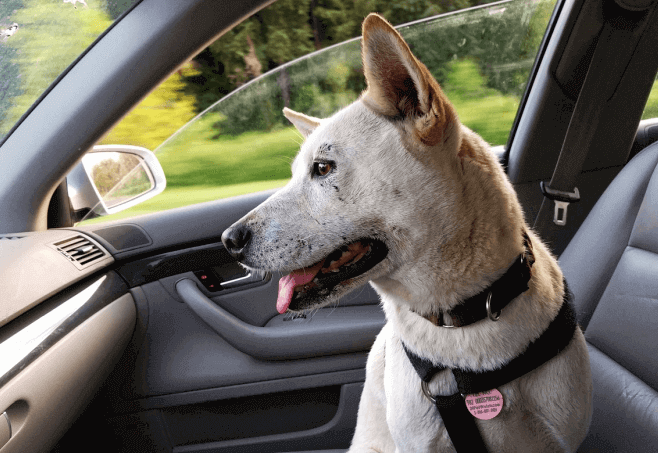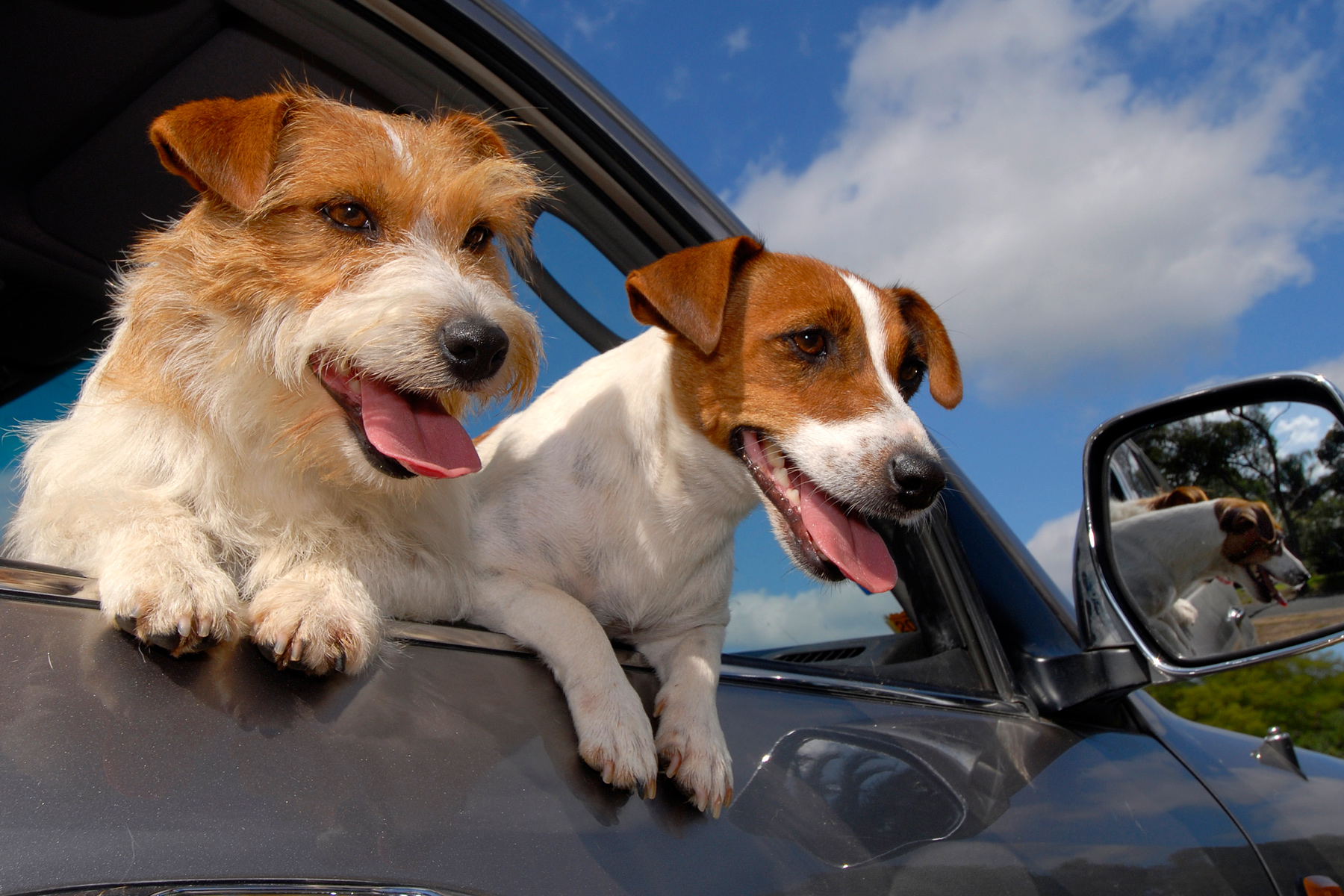Things are not that simple as they seem, as the one looking to save a pet’s life by smashing the window of a car will have to search for the owner and notify law enforcement first.
However, it’s easy to prevent than to treat, so let’s look at some ways of keeping our pets safe during this time of year when holidays and road trip with the entire family (pets included) are widely prevalent.
1. In-car travel

The safest way for your dog to travel in the car is in a well-ventilated crate (preferably a crash-tested one) that has been anchored to the vehicle. Another alternative could be using a seat belt (like the one Skoda recently unveiled).
However, seat belts and restraints are good for keeping your dog away from the driver, but in the event of a crash, they’re not so useful.
When it comes to cats, you must keep in minds that these miniature felines are not comfortable to traveling in cars, so make sure you use special carriers.
Just to put things into perspective: in case of a frontal crash at 30 mph, a 32-kilo (66 lbs) Labrador or German Shepherd, for example will be thrown forward with the force equivalent to being hit by a baby elephant weighing 100 kilos (220 lbs).
Also crucial: keep your pet in the back seat of the car. If an airbag deploys while your pet is in the passenger seat (even in a crate), it might injure your pet, and you surely don’t want that to happen.
Just like humans, pets have needs. So while on the road, stop frequently to allow your pet to exercise and eliminate. However, the animal should wear its collar, ID tag, and leash at all times.
2. Preparations
Although this is pretty much common sense, you must always plan your journey carefully, taking into account your pet’s needs. Otherwise, what’s the point in taking it with you on holiday?
Make sure your car’s power windows are turned off. Even if your dog, for example, looks funny with his head out of the window, it tends to become overexcited, and there have been cases of dogs jumping out of moving cars.

Also, it’s a good idea to bring along some of your pet’s favorite treats. We’re not mentioning water and the regular food because that should go without saying.
However, the pet’s travel-feeding program should kick off with a light meal three to four hours before you leave for your destination. Don’t feed your furry friend in a moving vehicle no matter what!
3. How to react in case of an emergency
Let’s say, for, some reason, you left your pet inside the car in hot weather, or you see a stranger’s pet in distress. What’s to be done?
First, see if the pet is suffering from heatstroke. If it’s not your pet, see if there’s a parking ticket in the window to estimate how much the animal had to endure hot temperatures.
Try to find the owner, as he or she could be in the area, maybe shopping or running errands. If it’s your pet that’s suffering, keep an eye on him and try to find the closest vet and most importantly, make sure you learn something from this experience and never repeat it again
